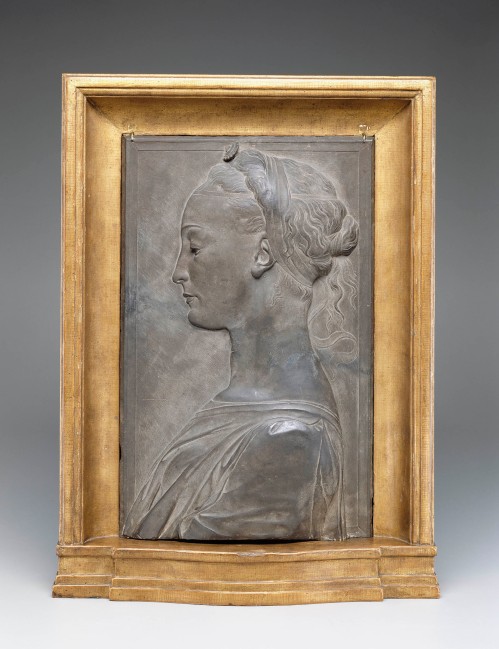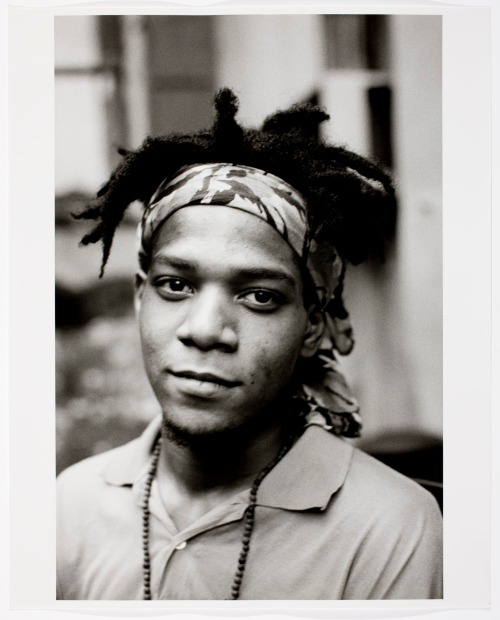
Untitled (six boys and boy with bicycle in background, neg#22), around 1910, by Wendell Hotter (1889-1955), Gift of Brad and Ellen Iverson
As summer comes to a close, I thought to share with readers a number of recent acquisitions that are notable because of their interesting ties to Detroit. The first, comes out of the tradition of vernacular photography. Back in June, Brad and Ellen Iverson gifted a number of prints to the museum that Brad had made from old negatives dating to the early 20th century. Vernacular photography is a growing area for collectors, and several museums including the National Gallery of Art have organized exhibitions around some of the work that falls into this category. You’ve probably seen these pictures in those old remnants from the pre-digital era – the forgotten family photo album. Or maybe you’ve stumbled across boxes of pictures in local flea markets or even garage sales. If you take the time to forage through them, these photos will stop you for a second or even longer – maybe its a curious composition, an unusual pose, or something else unique or peculiar that you can’t quite put your finger on.

Untitled (Herbert Hotter and Girlfriends, Detroit, Michigan), about 1910. Gift of Brad and Ellen Iverson
Over the years, Brad researched the work and discovered Detroiter Wendell Hotter was responsible for taking the photographs seen here. Hotter dabbled in photography over the years making portraits of friends and family, as well as businesses and a few local landmarks around the city. The photographs date from around 1910 to 1930 and are evidence of some faraway personal slice of history and the people and places that existed over a century ago.
Another recent gift that relates to our local cultural history, more so from the underground and certainly eclectic, was created by the collaborative team The Upholsterers (Brian Muldoon and Jack White), who, in addition to their forays into upholstering and fine art editions, have pretty well-known reputations around town and elsewhere as musicians (Brian is a drummer with The Muldoons; Jack plays with The White Stripes and more recently has been on tour with a new muscial project The Dead Weather).

The Upholsterers Makers of High Grade Suites, 2000. Gift of Michelle Andonian
Made around 2000, Brian and Jack put together about 500 official editions that include multiple pieces: business cards, a fabric sample along with a three-panel story board of Brian and Jack refurbishing a vintage chair. But the whole piece really fronts as an elaborate jacket for an old-school 45rpm vinyl disk with rare recordings by the duo. Incidentally, photographs on the cover and the inside story board were taken by Steve Shaw an old college photo buddy of mine who also happens to be a fellow DIA staffer and guitarist for The Fondas.

Past summers have seen other Detroit-related material finding its way into the collection. Last year, local photo guru Bill Rauhauser presented the museum with a large and coveted gift of his most memorable work. The photographs document the city from 1950 through the 1980s. And in 2006 collector James Duffy, well known for his support of many Detroit artists, bestowed over 400 black-and-white photographs to the DIA. Duffy took the pictures around 1976 to document old storefronts and businesses mostly on Detroit’s eastside. It’s likely you will see these treasures in upcoming exhibitions at the DIA and in future posts.











